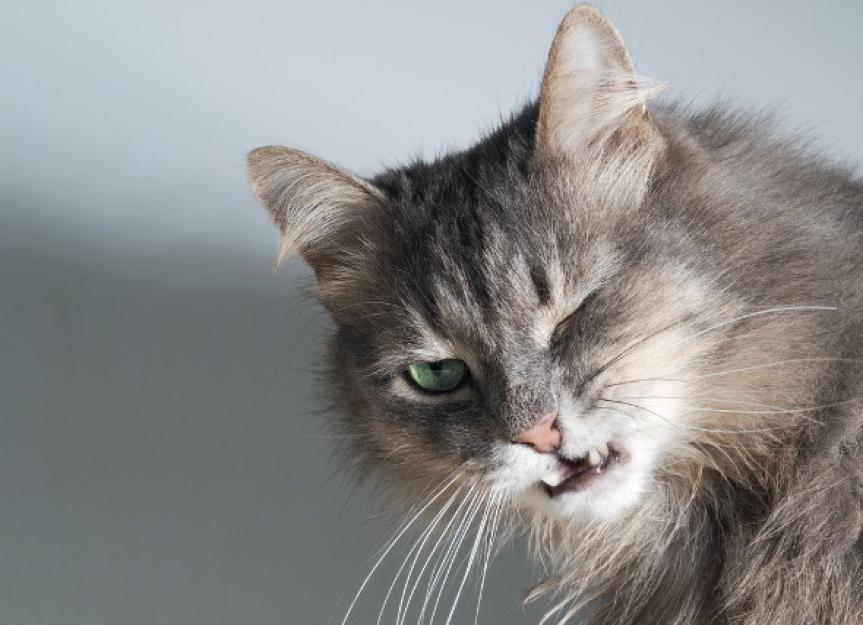Acute Respiratory Distress Syndrome (ARDS) in Cats
Shock Lung in Cats
Acute Respiratory Distress Syndrome (ARDS) involves severe inflammation of the lungs which ultimately leads to acute respiratory failure and death in affected cats. This is a life-threatening problem, causing death in a majority of patients despite life saving efforts and treatment. An almost 100 percent death rate is reported in affected cats due to ARDS. Genetic factors have been found to play a role in the development of acute respiratory failure in people, but these factors have not yet been investigated in cats.
Symptoms and Types
Acute respiratory distress syndrome can present with a number of conditions and symptoms, which vary depending upon the underlying cause. Following are general symptoms seen in ARDS:
- Extreme efforts to breath
- Cough
- Discharge from nostrils in some patients
- Fever
- Cyanosis (blue discoloration of skin)
- Other signs related to the specific underlying disease
Causes
Following are some of the major causes of ARDS in cats:
- Pneumonia
- Smoke and noxious gases inhalation
- Near drowning
- Thermal burns
- Aspiration of gastric contents
- Serious infections
- Lung injury due to trauma
- Other serious illness
Diagnosis
Acute respiratory distress syndrome is a life threatening emergency that requires immediate treatment for any chance of recovery. Along with emergency treatment, your veterinarian will try to find the underlying cause of the disorder. Various laboratory test panels will be ordered, including blood tests, serum biochemical tests, urine tests and blood gases. Blood gas analysis is one of the most important diagnostic methods used in veterinary practice for ARDS. Your veterinarian will also order chest X-rays and an echocardiography to evaluate the lungs and heart.
Treatment
Despite recent advances, ARDS remains one of the most difficult and challenging problems to treat in veterinary practice.
一旦你的猫被diagnosed with this syndrome it will be given emergency treatment; supplemental oxygen therapy is started immediately to minimize the respiratory distress. Patients that do not respond well to the oxygen therapy, and that continue to have severe breathing problems, may need ventilator support. For this reason, your cat will most likely need to be kept in an intensive care unit, where nursing staff can monitor the condition very closely until your cat is out of the danger zone and its condition has stabilized. Regular readings of temperature, pulse, respiration rate, and blood pressure will be taken by nursing staff. Along with emergency treatment, the underlying cause muse be established and treated in order to prevent further complications.
Medications that may be used to treat your cat include antibiotics, pain killers, fluid therapy, and corticosteroids. Patients on ventilator support may also require regular physiotherapy sessions and frequent position changes to prevent complications related to ventilator support. These patients are kept in strict cage confinement until they have fully recovered.
Living and Management
ARDS is a very serious problem requiring constant support from your side for treatment, and for management and care after the initial period of discovery. If the underlying disease is not resolved, the same episode of respiratory distress may follow. Be sure to follow your veterinarian’s guidelines for proper care and treatment. These patients usually need time, rest, and good nutrition in order to gain full recovery, but don’t confine your cat to a stuffy or hot place. Follow the diet and management recommendations made by your veterinarian.
Help us make PetMD better
Was this article helpful?
